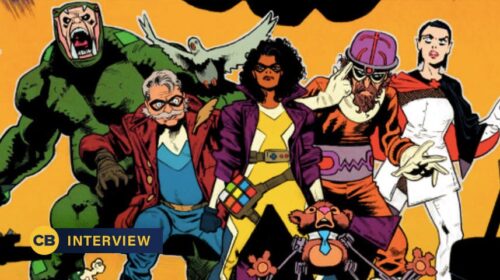Finding a Home
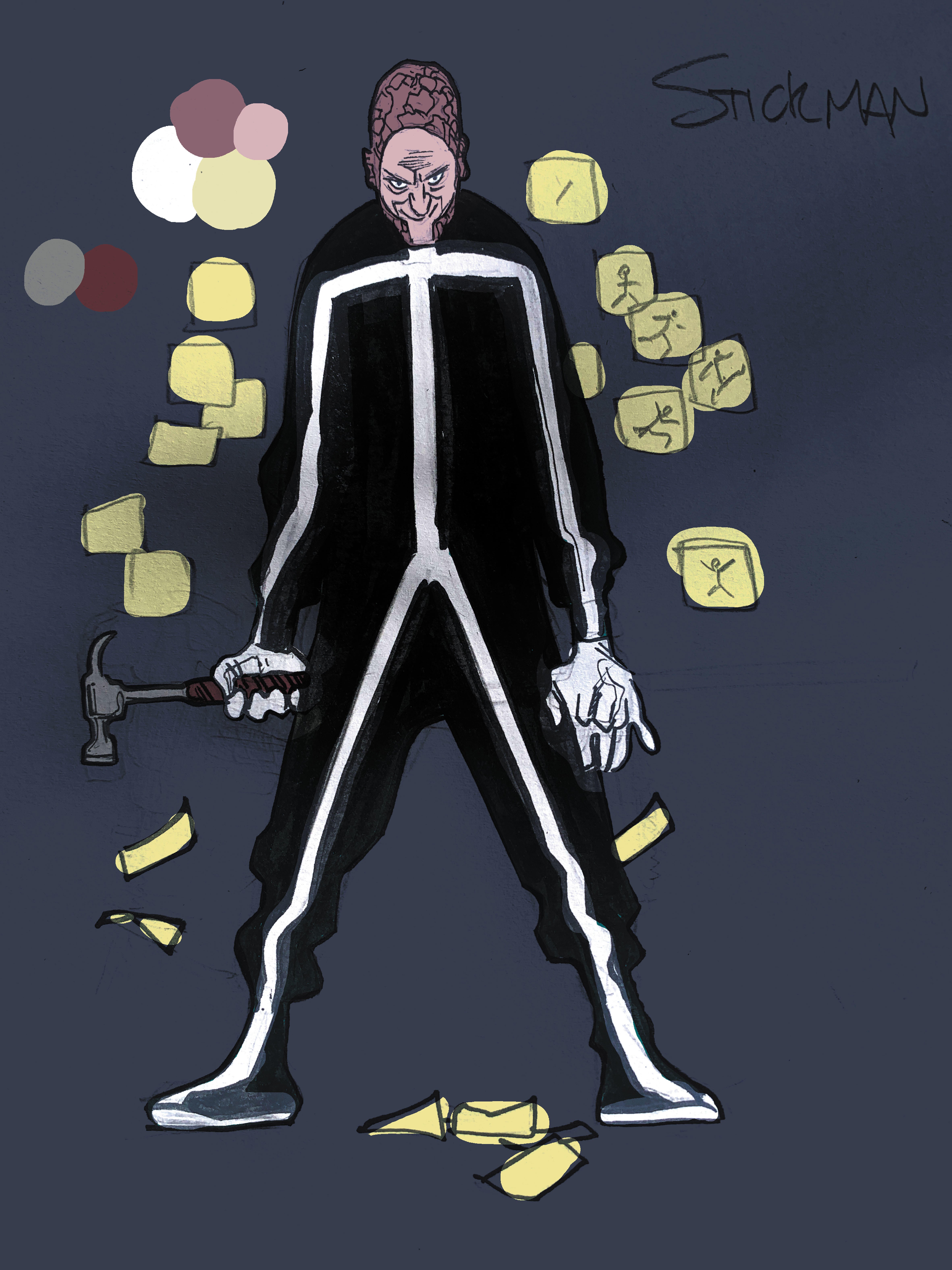
ComicBook.com: How did Minor Threats get from your two brains and get to the publisher? Did you talk to multiple publishers, or was it just like you two and Mike knew each other?
Patton Oswalt: Well, this came about the best way that I think comics come about, which is when we were working on MODOK, we would do what comic book fans do. We would talk about our favorite stories, our dream story. We had a whole other story that we were thinking of doing in terms of MODOK. And then I started talking about all these near misses I’d had. And there was this one, there was a Batman story that I always wanted to do in Gotham, from the perspective of the bottom tier, like single filler issue villains, not the overarching, classic villains that get all the attention.
And then we had both done work for the majors and realized, well, as fun as it is playing in those sandboxes, you do a lot of work for not a lot of reward down the road. And Jordan was like, “Why don’t we just create our own world here? Why does it have to be Batman, Joker, these guys? Let’s do something from the ground up,” And that’s what we did.
I had done a couple of books for them over the past. I did some stuff for The Goon. I did some stuff for Black Hammer. And so I knew a lot of the editors over there, but it just seemed like the more we started putting this world together, it was like, “Oh, this definitely feels like either an Image or a Dark Horse book,” or if I’d known more about there are even smaller.
Right now, the world of publishers is crazy in terms of what is great out there. But Dark Horse was one of my first, “Oh, this is what comics could spread out into, something even better.” So we took it there and they loved it. So it was home. It was just home.
Jordan Blum: Yeah. And our editor, Daniel Chabon has been like the most amazing cheerleader for this project-
PO: Oh my God.
JB: He’s pushing through and yet lining up these artists to do variants and helping us get the word out. So Dark Horse and Daniel’s been this incredible support system for this book.
PO: One of the things that makes us so confident and excited about Daniel Chabon is, think of the world of Black Hammer. That is a world that needs to be tended and shepherded. We are sort of doing not a similar thing, but the one similar thing that we’re doing is we’re building a world from the ground up. And you need someone who has a head for realms basically, to put it in a really clumsy term. And Daniel really has that. I don’t want this just to be four issues. There’s a whole other thing I want to do with it, so having Daniel behind us and beside us is amazing.
The Minor Threats Universe
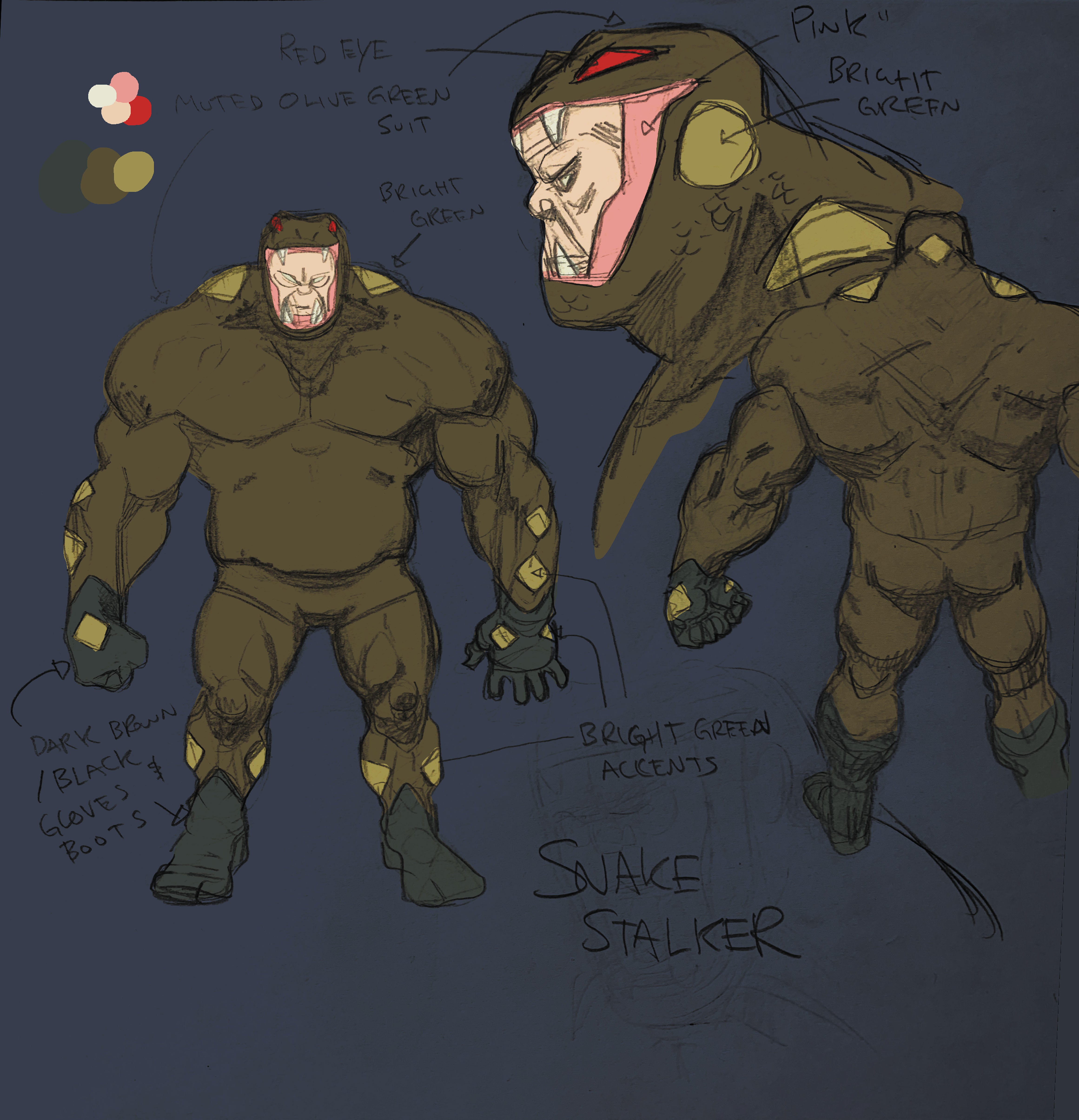
You drop “world.” You have Black Hammer, of course, one of the best superior universes ever created. You have Kyle Higgins and the Radiant Black Universe over at Image.
PO: Which I’m loving, I’m loving. The stuff he’s doing with the Radiant Black Universe is really brilliant too.
The art of the indie superhero universe is coming back. Are you confident, not only doing Minor Threats Volume Two, but are you thinking one-shots? Are you thinking Black Hammer: Visions-esque anthologies? I mean, how much do you not only have planned, but actually intend to do?
JB: We have definitely an idea of how we would do the next arc. I think that’s absolutely figured out. And our big thing was that we’re subverting superheroes, but we’re also subverting the crime genre. And our first arc is very much like The Warriors. We have to survive the night, make it through the city. There’s a little bit of a caper kind of element to it in taking down Stick Man. But it’s all kind of set over 48 hours. And we really wanted that kind of high energy … Can these characters make it from this part of the city, to the other part of the city and survive?
I think going forward is do stories that are other kind of crime fiction sub genres. We want to do a big sprawling, organized crime story that feels like the The Godfather Part II.
We have another one we’ve talked about doing that goes back in time and looks at our main character Playtime’s mother and what being a hero or villain in the ’70s was like.
We really want to have a different flavor every time we do a new story in this world. And I think we talked a lot about the Fargo television show as like, they really change it up every season and they’re all sort of connected and things that kind of play and characters that pop up here and there. But we really want to give you something you haven’t seen every time we revisit this world.
Story vs. Character
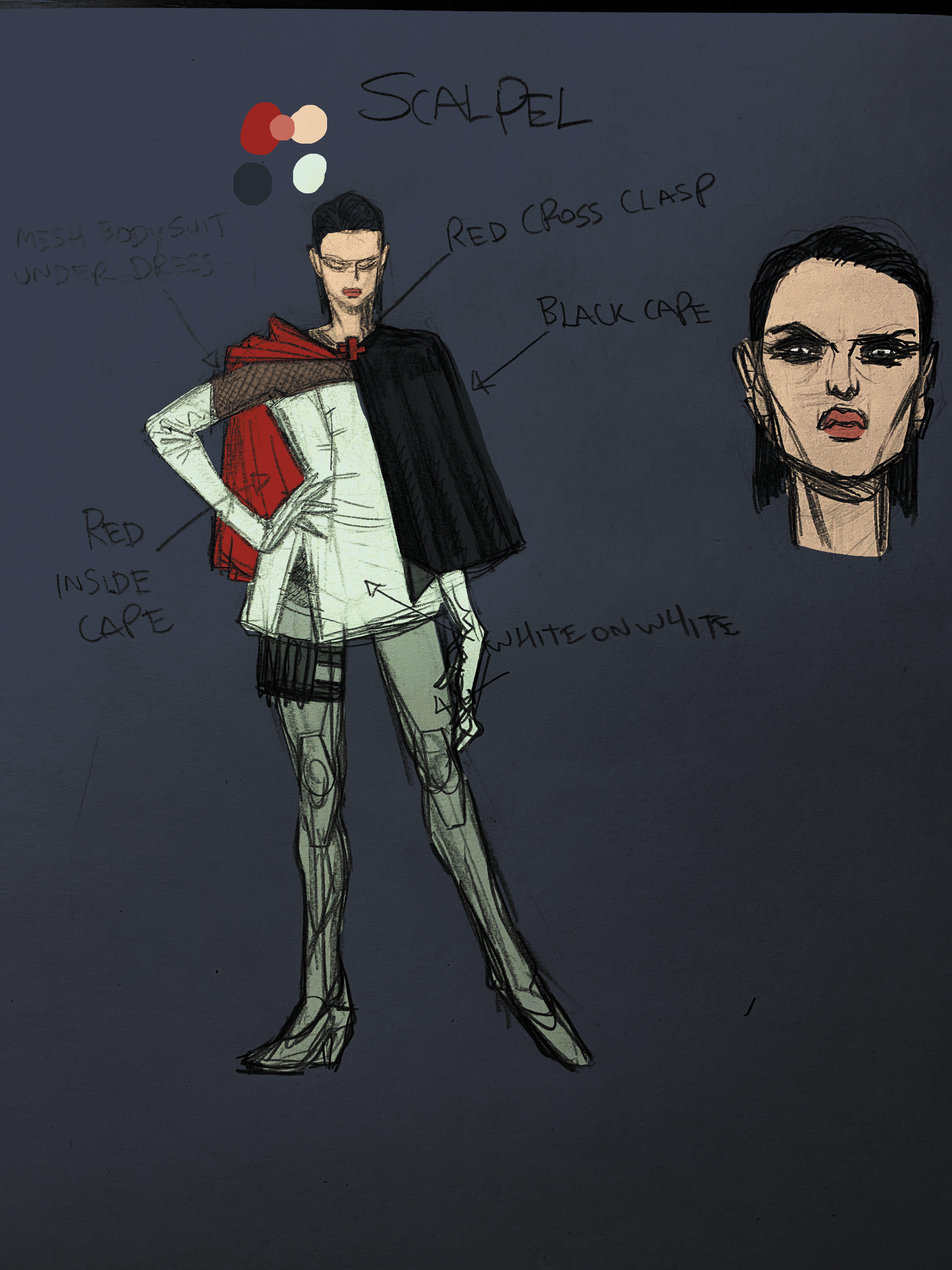
In your creative process, are the characters something you guys come up with first? Are you jotting down archetypes and saying “Let’s hit this thing, or these powers?” Or is it story first?
PO: I’ve got to say it’s story first. And then we are so lucky to have Scott Hepburn and Ian Herring as our artist and colorist. Because a lot of times, the writing will involve and a gaggle of super villains in the background, or, this is going on. And he will fill in these seemingly throwaway characters that you start looking at just visually and going, “Oh, I can think of a whole story for that person.” I could think of a whole story for just the way that he rendered Playtime’s PO in the first issue. That character has a history and has a personality, that why is that person where they are?
It’s story first, but then the way that Scott fills things out just makes us write even more. That’s how we really lucked out with him.
JB: It’s a very collaborative process. And sometimes we’ll give him a … I think Playtime was a very fleshed out character. We knew what the gimmick was going to be. It tied to her mom and her history as a sidekick, but Major Mummy was like a name. You know? Or mix these two things together. See what you come up with. This seems fun.
PO: I think I wrote down the name, Kill Pig at one point, and I couldn’t figure out what that was going to be until Scott … And I remember in some more emails, Scott was like, “Oh my God, let me just run with Kill Pig. And you’ll really like what I do.” That’s all he said. I was like, “Okay.” I did not know what was going to happen with it. So just knowing that kind of mind is receiving your signals is amazing.
JB: Yeah. And I want to say, like the biggest thing I think that Scott has done is he’s created … He gave Twilight City a voice and a feeling and an identity, where it was his idea to kind of stop and go, “Wait, what is a city that’s weathered 60 years of superhero stories look like after time warps?” And we have a fallen Kaiju that the superheroes just leave on the bad side of town that they build housing around its skeleton. And I think a lot of that really informed the writing. Because once Scott introduced this idea, Patton and I started to shift the story to be like, “Well, we’ve got to hit that on the way to this. And there’s going to be a big chasing here.” This is going to be a huge problem that they have to kind of overcome.
So, people use that, “Oh, the city’s a character,” thing a lot, but we really didn’t want this to be Gotham or Metropolis. We wanted Twilight City to have this kind of tarnished lived in … It’s hard being a city that’s that’s had to deal with superhero, super villain crisis, left and right. And it’s taken its toll on the city as it’s taken its toll on the characters who live there.
PO: And also, don’t think that we’re already not starting to categorize and memorize exactly the kind of city that we’ve laid out now, because I want to have earlier stories with the effect of, “Oh, wait a minute. That’s that skyline I saw in issue one, but the Kaiju hasn’t been added to it yet.” They haven’t defeated the Kaiju yet. It’s like when you look at old neighborhoods. Especially Jordan and I live in Hollywood. So Hollywood is famous for … They’ll show a picture of a street from the ’70s, and it literally looks like it’s a different city because they constantly tear and churn stuff up.
PO: So I want that feeling of Twilight City, where if we set up a story back in the ’60s, not only will it look completely different, but we clearly will have thought about why things aren’t there that were there before and how things are going to be there. The Kaiju that fell and crashed, there was a whole story as to why that happened. There was a whole other thing that was going to happen, that the Kaiju falling stopped happening, much like the way Moses ripped up … Robert Moses ripped up New York City back in the ’50s, all the different urban planning. And the fact that the very last minute they saved Greenwich Village. But in a different continuity, Greenwich Village never existed. There’s a massive six-lane highway that cuts through there because they didn’t listen to the urban planners.
Nerd Jazz
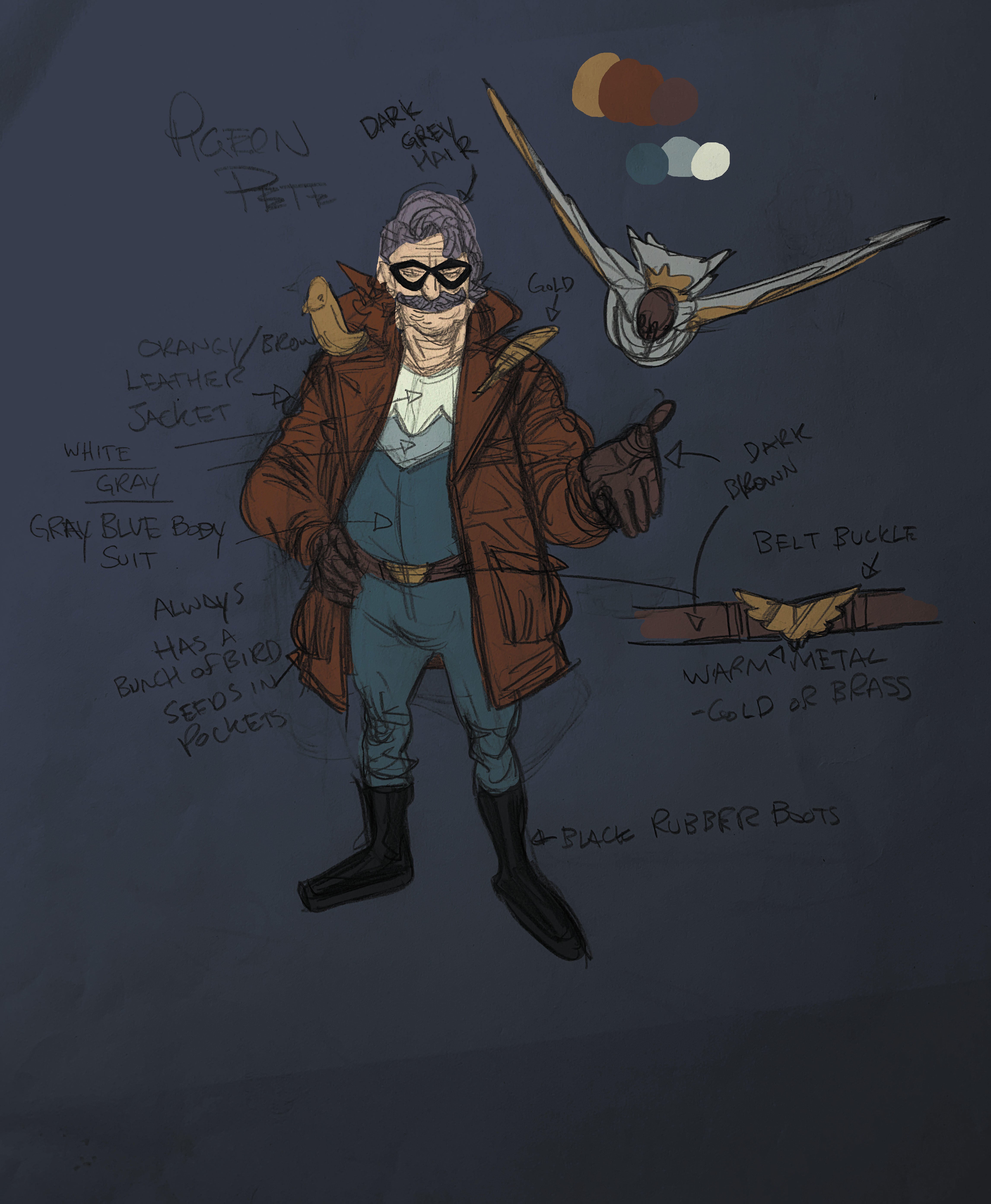
How’s the writing process look? Does Jordan take issue one? Does Patton take issue two? Do you guys bounce the scripts back and forth? Who does the layouts? Who does the outline? Who does the treatment? Who does the dialogue passes?
JB: Well, we started, I think right during COVID, so we didn’t get to do the first. We were not able to work together. Because on previous stuff, we’ll just meet up. So there was a lot of bouncing it back and forth. But I think we talk it all out a lot. A lot of it is just walking through the story together until we’re 100% on the same page, really what we want to tell.
Especially with this book, it jumps narrator issue to issue. So we really wanted to make sure that we peel back the layers, reveal who these characters are, understand kind of their arc, or the tragedy that has led them to put on these costumes and become these and choose this life. So those were like the big, heavy discussions and the big set pieces of what we want to happen and what Scott wants to draw. And then we’ll outline it together and then we’ll sometimes split it up, or we’ll write together in person. And it’s pretty organic. I think it’s hard to tell where one starts in one ends and what’s been contributed.
PO: It’s also been very fortunate that we’ve retained that energy that we had from the beginning, which was me going, “You know what I always thought it would be a cool idea for a Batman story?” And then Jordan going, “Yeah. But you know what would be even cooler?” I’m like, “Oh. Shit, that’s right. Well, then what if we did this?”
So each kind of issue starts off with that energy and we’ve kept that energy of two people who genuinely love comics going. I mean, look, the whole … One of the reasons that Star Wars was so successful, because it was George Lucas going, “I love the Flash Gordon things, but they showed the alien for two minutes. Why don’t they just hang out with the alien for a while?” That’s so cool. Wouldn’t a bunch of them get together? So it has that feeling of, “Can’t we just put a bunch of cool scenes together that we all like?
JB: Yeah. It’s a little nerd jazz between us.
PO: We call it, we call it Naz.
Pitching and Future
Comics are built on superheroes and such. But you get down to the indie and even small press levels and most publishers won’t even want to hear superhero stories, right? You can go out to your local comic shop and there’s 50 new superhero books a week. Did you guys have any initial worries when pitching this idea, or did you know you just wanted to go full superhero?
PO: I’m a big believer in, it’s not what it’s about, it’s how it’s about it. When Al Ewing debuted his new Hulk book, Immortal Hulk, it was like another Hulk book. But it’s not another Hulk book. It’s a take that we were not ready for and we didn’t know that we needed. All these other publishers, Ahoy, Aftershock, they have superhero comics, just not the way that you would think that they would be. It’s how it’s about, not what it’s about. And I’ve always, always maintained that.
JB: Yeah. I think for us, it was like, “What are stories that we love that we haven’t seen told?” And I think the perspective of these characters, these guys who just wake up in the morning, put on some kind of animal themed costume, rob a jewelry store, or trying to pay their alimony, have a beer at the end of the day. Like these blue collar super villains is so fascinating to me and something I love forever, and Patton has as well, that it was like, we never get these guys’ stories. These guys get webbed to a telephone pole in the cold open. And then we move on to the Green Goblin, or Joker. Let’s give these guys their day. Let’s investigate their world and figure out why they do this, why they put themselves in the situation, why they put this costume on, or this mask and step out each day and go, “I’m going to go rob something. I’m going to go make a life for myself. This is my job.”
So I love those kinds of characters. And they’re ultimately these underdogs too. So you kind of root for them, or you’re feeling something. You at least want to understand them. And I think that really pulled us in and we’re like, “I haven’t seen this.” And we designed the comic to feel like there’s a giant Batman, Joker, Justice League story happening just off panel. And we could easily tell that story, but we’ve seen that one, but we’ve never seen it from the perspective of the little guys who pay the price when that’s happening. And that’s to me, the key of what makes this feel so different.
Have you guys started Minor Threats TV show or movie optioning talks yet?
JB: We’ve talked. There’s some talk. We’ll leave it at that.
PO: There’s some talk.
JB: We want people to go, just enjoy the comic first, but there’s talk. And I want to say, I think we can kind of sniff out as readers when people make a comic, just to kind of reverse engineer their pilot or movie into a thing. We were like, “Let’s just make the best possible comic” and then if people like it and there’s room to do something else with it, great. But we were like, “I know when I’m reading, someone’s pilot in comic form.” We don’t want to do that. We want to just embrace everything we love about comics and make something that feels like a great comic. So that was kind of right out of the gate, our own marching orders to ourselves.
Pull List
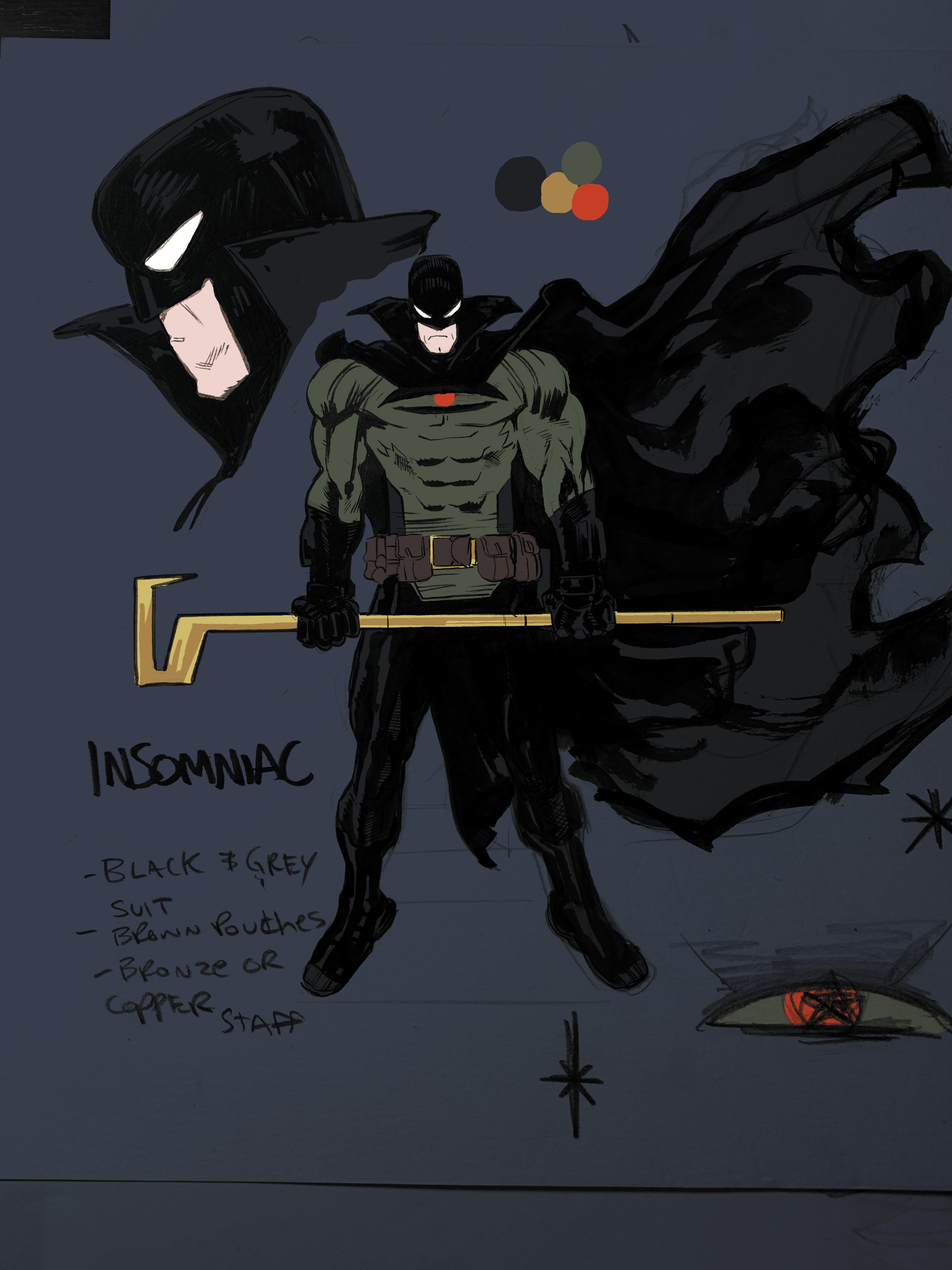
Final question for each of you. If you could think of three, if you could think of five, if you could think of 10, what are you reading right now? What are what’s on your poll list each week, each month?
JB: All the X books. I’m reading every single one of them. Can’t get enough of this Krakoan era. Love Zeb Wells’ Spider-Man. I think we’re three issues into that. That’s been awesome. Is it Nice House on the Lake? Incredible. Can’t get enough of that.
Loving The Flash. I think no one’s talking about. I think it’s one of the best runs in a while. Super excited for Dark Crisis. There’s so many good DC books. It’s a great time. I’m reading too much, is my answer.
PO: Yeah, me too. I have piles and piles. The three that pop out for me is the new one. Eight Billion Genies just came out from Image. What a brilliant goddamn concept for a comic. Speaking of brilliant concepts, even though the first two runs already finished with it, I hope to do a third one, Maniac of New York was one of the smartest things I’ve read in a long, long, long time. I thought that was absolute genius. And then this new one, Blood Stained Teeth that Image put out, which is again, along with Killadelphia, you keep thinking, “Well, there’s nothing left in the vampire sponge to wring out of.” And someone wrings out a big, big, bold glass of amazing wine. And those were two of the ones that just did it. So I’m always happy to be surprised and proven wrong about stuff like that.
*****
Minor Threats #1 is due out August 24th.
.
[ad_2]

